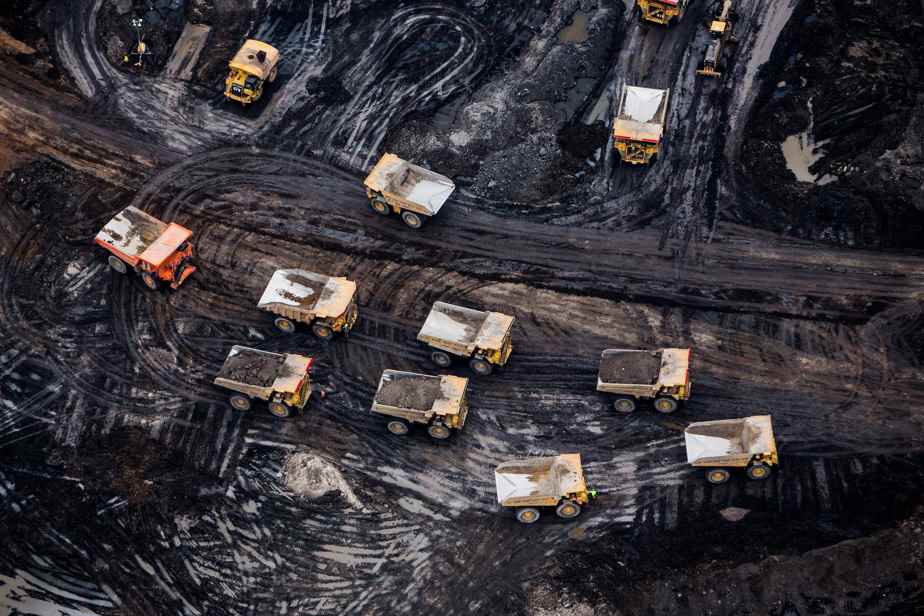Posted at 7:00 a.m.
Hello. How come Canada exports its oil and imports oil too?
Rene Masson
Canada is recognized as one of the largest oil producers. In 2021, the country exported more than 3.8 million barrels of crude oil per day, according to the Canada Energy Regulator (REC).
Although Canada is a net oil exporter, some provinces rely on imports to meet regional demand. Canada’s oil exports come mainly from the west of the country, while oil imports dominate in the east.
According to Pierre-Olivier Pineau, energy policy expert at HEC Montréal, access to Canadian oil infrastructure is limited for the eastern provinces of Canada: the existing pipeline network cannot transport enough oil to refineries in the Ontario, Quebec and the Atlantic provinces. These provinces depend on foreign oil imports.
For example, New Brunswick, which is not attached to any pipeline, imported more than 260,000 barrels of crude oil per day in 2021. This was more than 50% of total crude oil imports of the country, says the REC.
In addition to the limited supply from existing pipelines to eastern Canada, the region does not have the capacity to refine Alberta’s oil, explains Jean-Thomas Bernard, a professor at the University of Ottawa who specializes in economics of energy.
Canada had begun the exploitation of the oil sands at the end of the 1960s. Worried about running out of oil following the oil crises of the 1970s, the country increased its production, indicates the specialist.
Oil from tar sands is a heavy oil that requires specific treatment. Refineries in Ontario, Quebec and the Atlantic provinces are not adequately equipped to process heavy oil, points out Jean-Thomas Bernard.

MAP PROVIDED BY THE CANADA ENERGY REGULATOR
Major oil pipelines regulated by the Canada Energy Regulator
Thus, the refineries in the east of the country, including the Irving refinery in New Brunswick and the Jean-Gaulin refinery of Valero in Quebec, depend on light oil imports, particularly from the United States and Saudi Arabia.
Exporting oil from Alberta to the United States is very simple: refineries in the Gulf of Mexico have the capacity to process oil from the oil sands, points out Jean-Thomas Bernard. Historically, these refineries sourced heavy oil from Venezuela, he adds.
In 2021, imports of refined petroleum products increased by 7% compared to the previous year. Alberta is the main importer: the province must import diluents which are added to the heavy oil from the oil sands so that the solution becomes “fluid enough to be transported by pipeline”, explains Jean-Denis Charlebois, chief economist of the REC .
In Quebec, all the oil now comes from the United States and Canada.
The commissioning of Enbridge’s Line 9B has allowed the province to source more local petroleum products, says The state of energy in Quebec 2022a report by the HEC Montréal Chair in Energy Sector Management.
Demand for gasoline peaked in Canada in 2019, according to Jean-Denis Charlebois. There is a downward trend in oil imports, which is explained in particular by better access to oil installations and a transition to renewable energies, he adds.
Calling all
Do you have questions about personal finance, the world of work, the stock market, finance, technology, management or another related subject?

